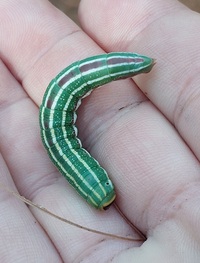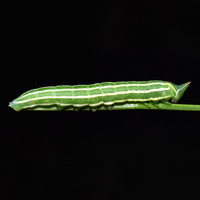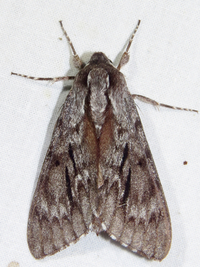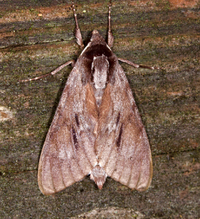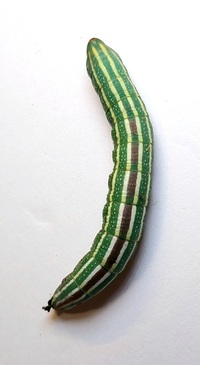
| Recorded by: Mark Basinger on 2025-10-23
Wilson Co.
Comment: | 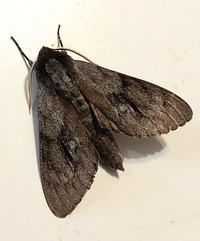
| Recorded by: Mark Basinger on 2025-09-20
Brunswick Co.
Comment: |
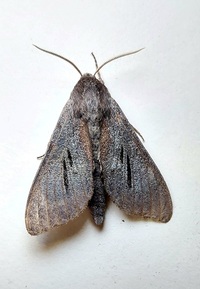
| Recorded by: Mark Basinger on 2025-09-02
Rowan Co.
Comment: | 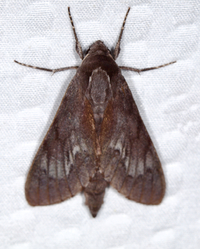
| Recorded by: Jim Petranka, Mark Basinger and Becky Elkin on 2025-08-30
Richmond Co.
Comment: |
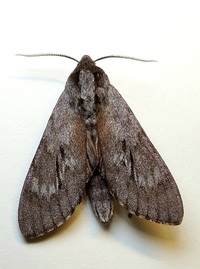
| Recorded by: Mark Basinger on 2025-08-27
Wilson Co.
Comment: | 
| Recorded by: Jim Petranka, Marilyn Westphal and Becky Elkin on 2025-08-17
Henderson Co.
Comment: |

| Recorded by: David George, Kevin Bischof, Rich Teper, Patrick Coin on 2025-08-15
Transylvania Co.
Comment: | 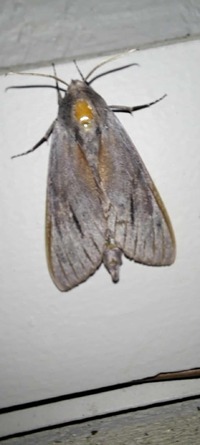
| Recorded by: Allison Garton on 2025-08-08
Moore Co.
Comment: |

| Recorded by: Mark Basinger on 2025-08-06
Wilson Co.
Comment: | 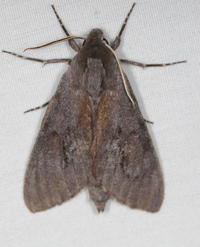
| Recorded by: Jim Petranka, Mark Basinger and Becky Elkin on 2025-08-03
Moore Co.
Comment: |
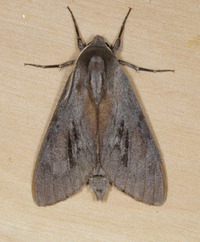
| Recorded by: Jim Petranka, Mark Basinger and Becky Elkin on 2025-08-03
Moore Co.
Comment: | 
| Recorded by: Mark Basinger on 2025-07-28
Wilson Co.
Comment: |

| Recorded by: Allison Garton on 2025-07-24
Moore Co.
Comment: | 
| Recorded by: Mark Basinger on 2025-07-23
Brunswick Co.
Comment: |
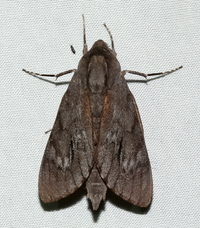
| Recorded by: David George, Jeff Niznik on 2025-07-20
Moore Co.
Comment: | 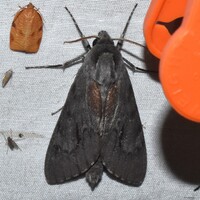
| Recorded by: David George, Jeff Niznik, Rob Van Epps, Kevin Metcalf on 2025-07-20
Richmond Co.
Comment: |
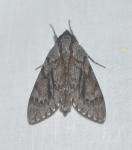
| Recorded by: K. Bischof on 2025-07-07
Transylvania Co.
Comment: | 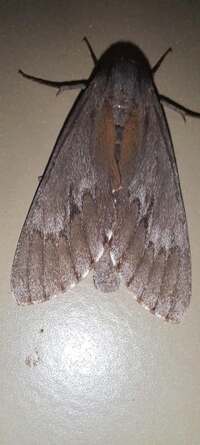
| Recorded by: Allison Garton on 2025-07-02
Moore Co.
Comment: |

| Recorded by: Jim Petranka, Mark Basinger and Becky Elkin on 2025-06-25
Mitchell Co.
Comment: | 
| Recorded by: K. Bischof on 2025-06-20
Transylvania Co.
Comment: |

| Recorded by: Mark Basinger on 2025-06-15
Rowan Co.
Comment: | 
| Recorded by: Mark Basinger on 2025-06-07
Wilson Co.
Comment: |

| Recorded by: Emily Stanley on 2025-06-01
Buncombe Co.
Comment: | 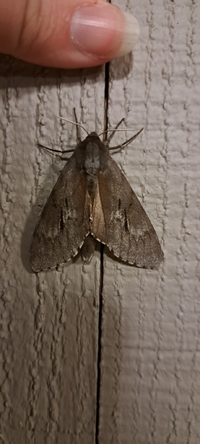
| Recorded by: Allison Garton on 2025-05-26
Moore Co.
Comment: |

| Recorded by: Allison Garton on 2025-05-26
Moore Co.
Comment: | 
| Recorded by: David George, Jeff Niznik on 2025-05-24
Richmond Co.
Comment: |
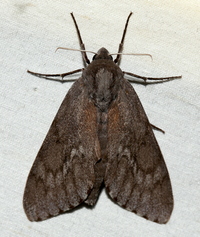
| Recorded by: David George, Jeff Niznik on 2025-05-24
Richmond Co.
Comment: | 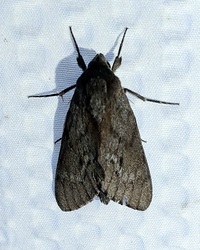
| Recorded by: Mark Basinger on 2025-05-24
Wilson Co.
Comment: |
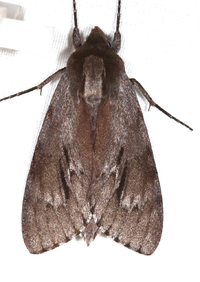
| Recorded by: Jim Petranka and Becky Elkin on 2025-05-23
Richmond Co.
Comment: | 
| Recorded by: Mark Basinger on 2025-05-17
Wilson Co.
Comment: |
|

 »
»